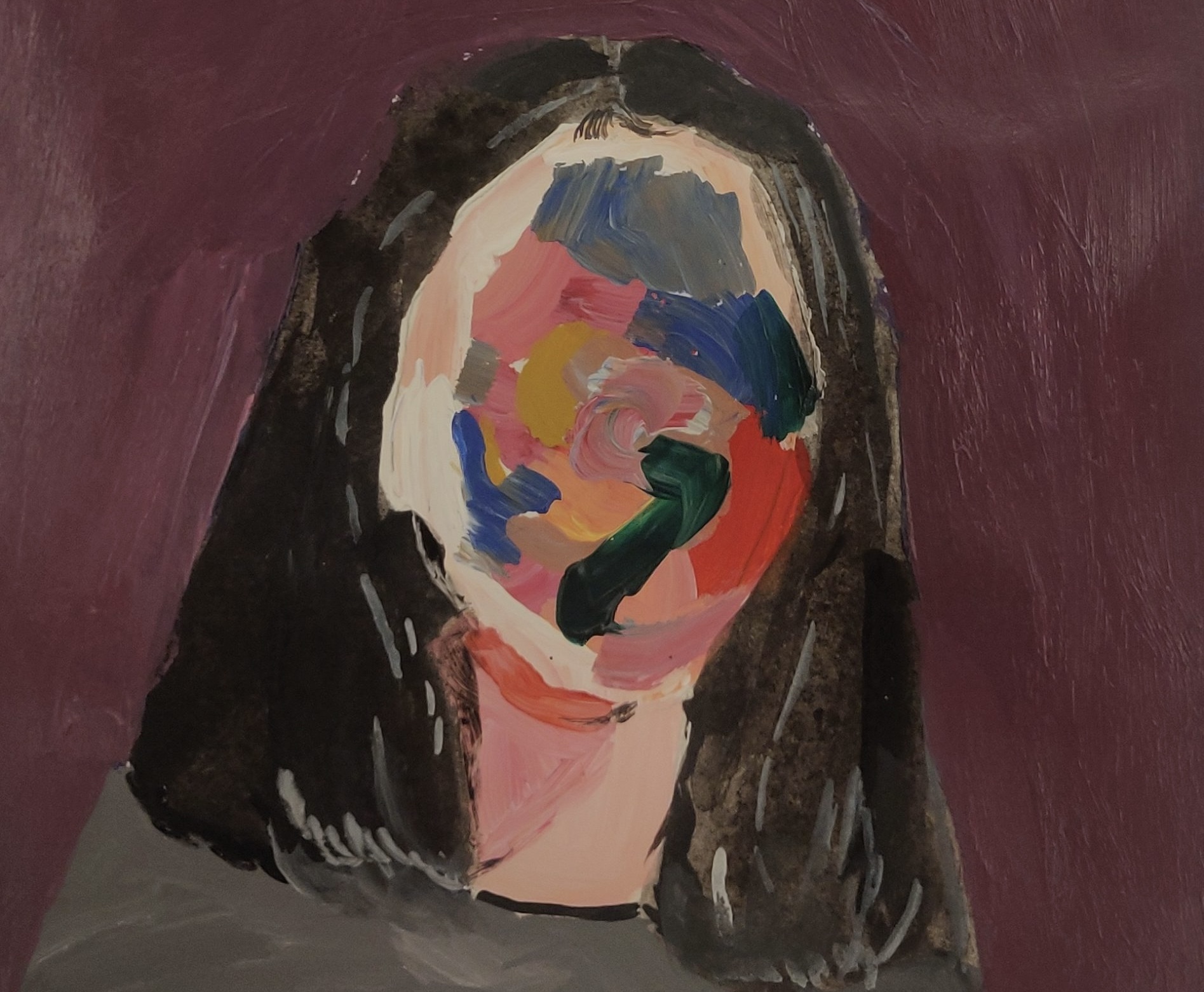Gray November: Seasonal depression
As the first wave of autumn leaves transform into their different shades of yellow and orange, and we finally dispose of the overbearing heat waves, I feel a sense of freshness. For a while, the scenery seems mesmerizing, with everything weirdly falling into place. But not for long. Shortly after, it’s cold, dark, and gloomy. Will it rain? Snow? How many layers do I need today? Who knows. Regardless, as the weather cools down, many of us get hit with our yearly dose of seasonal depression.
Seasonal depression, also known as seasonal affective disorder (SAD), is—you guessed it—a form of depression that is triggered by changes in seasons. While some people may dismiss the disorder for “winter blues,” seasonal depression is now recognized as a legitimate mental health disorder, affecting 15 per cent of Canadians in some form. Most often, SAD begins in the fall, with peaks during the winter months around January. That said, for some, seasonal depression may start in the summer and spring months instead. While people with SAD are affected in different ways, symptoms can include low mood, sleep disturbances, changes in appetite, and so on.
Research suggests that sunlight may have a role to play. As the days get shorter, and the sun sets sooner, our exposure to sunlight decreases significantly. Experts think that it might be because changes in sunlight affect our hormones and the chemicals in our brains. Our brain gets confused; it seems like we’re having to work in environments where we’d usually sleep. In other words, our bodies can feel out of sync with our actual schedules. As such, shorter days disturb our circadian rhythm—a natural clock in the body that regulates sleep and wake—increasing our production of melatonin (sleep hormones) and similarly decreasing our production of serotonin (mood stabilizer).
Whether you are experiencing SAD or are simply starting to get the winter blues, it’s important to recognize your feelings as valid and important. Like with other forms of depression, therapy and medication can help. However, there are alternative strategies we can use to help ourselves. Whilst I do not have seasonal depression more so than just winter blues, for me, I find that adjusting my sleep schedule helps the most. Little things like spending as much time outdoors as possible to take advantage of the little sunshine available, getting a plant, exercising to raise serotonin levels, Vitamin D, light box therapy, journaling, and so on can prove helpful.
Either way, I think that taking the time to acknowledge your feelings is crucial. Whether it’s talking to a mental health professional, a friend, or family, sometimes just releasing your pent-up feelings by vocalizing them can not only provide some immediate relief, but can also improve our emotional responses to stress over time. Whilst it can be scary to talk things out, perhaps it’s exactly what you need.
Features Editor (Volume 49) | features@themedium.ca —Maneka is a third year student completing a specialization in Philosophy with a minor in political science. Previously, she served as one of The Medium’s Staff Writer and Associate Features Editor. As this year’s Features Editor, Maneka hopes to raise awareness, shed light over current issues, and highlight student voices and organizations. When Maneka is not studying, writing, or working, you’ll probably find her binging on, or rather re-watching her favorite shows, listening to music, thinking about her dog, or likely taking a nap.


